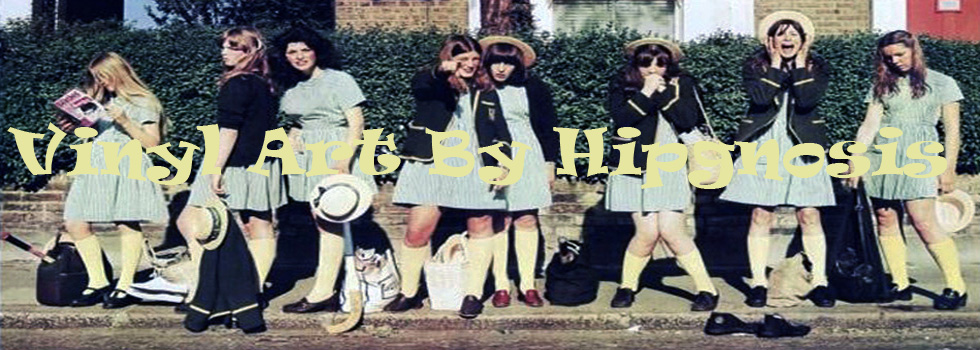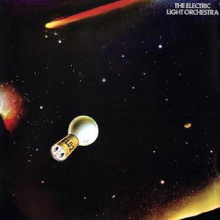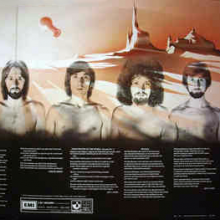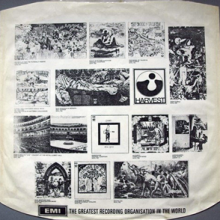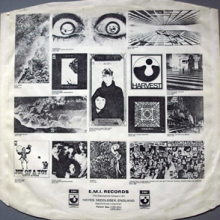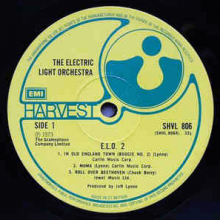Biography
Electric Light Orchestra (ELO) are an English rock band formed in Birmingham in 1970, by songwriters/multi-instrumentalists Jeff Lynne and Roy Wood with drummer Bev Bevan. Their music is characterised by a fusion of Beatlesque pop, classical arrangements, and futuristic iconography. After Wood’s departure in 1972, Lynne became the band’s leader, arranging and producing every album while writing virtually all of their original material. The band was formed to accommodate Lynne’s and Wood’s desire to create modern rock and pop songs with classical overtones, deriving as an offshoot of Wood’s previous band the Move, of which Lynne and Bevan were also members. ELO were most active during the 1970s and 1980s, recording a string of studio albums that include the conceptual works Eldorado (1974) and Time (1981). For their initial tenure, Lynne, Bevan, and keyboard player Richard Tandy were the group’s only consistent members. In 1986, Lynne lost interest in the band and ceased its operation.
During ELO’s original 13-year period of active recording and touring, they sold over 50 million records worldwide, collecting 19 CRIA, 21 RIAA and 38 BPI awards. Despite early singles’ success in the United Kingdom, the band was initially more successful in the United States, where they were billed as “the English guys with the big fiddles”. From 1972 to 1986, ELO accumulated twenty Top 20 songs on the UK Singles Chart, and fifteen Top 20 songs on the US Billboard Hot 100. The band also holds the record for having the most Billboard Hot 100 Top 40 hits, 20, of any band in the US chart history without having a number one single. In April 2017, ELO were inducted into the Rock and Roll Hall of Fame. https://en.wikipedia.org/wiki/Electric_Light_Orchestra
